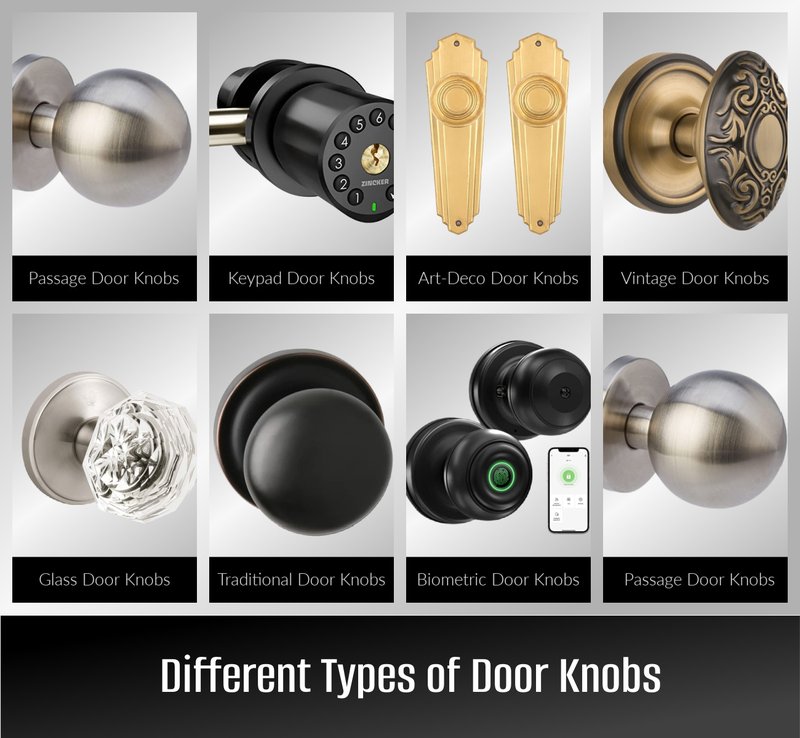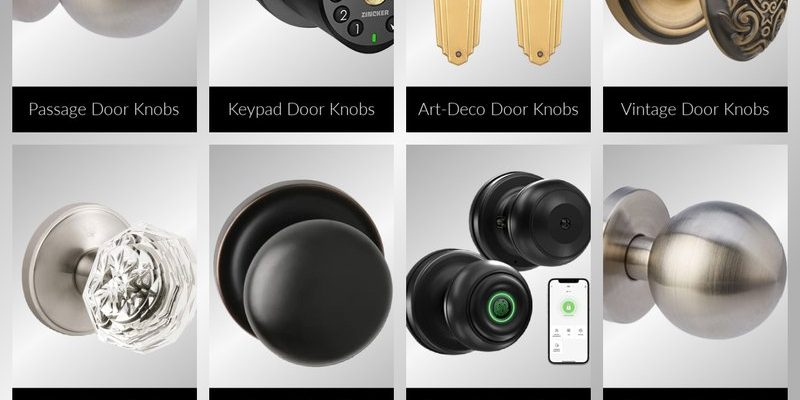
You might be asking yourself why this happens. It’s all about physics and the properties of metals, mainly. During hotter months, metals tend to expand, making your door knob feel looser or even a little wobbly. When winter rolls around, however, those same metals contract, resulting in a tighter feel. Let’s break down how that works.
The Basics of Expansion and Contraction
When most materials heat up, they expand. This means that as the temperature rises, the particles inside metals move around more energetically, causing them to take up more space. So, if your door knob is made of metal, its size will slightly increase in summer. For example, if your knob is made of brass, you might notice it becoming a bit more difficult to turn because the expansion can affect how well it fits into the door.
On the other hand, during the colder months, this process reverses. As temperatures drop, the particles in the metal slow down and tuck in closer together, making the door knob feel more snug. It’s like when you curl up under a blanket on a chilly evening. Do you see how temperature plays a huge role in how we experience everyday objects?
How Humidity Affects Door Knobs
Humidity can also do a number on your door knob. In the summer, high humidity levels can cause wood doors to swell as they absorb moisture. This swelling can create more friction between the door knob and the door itself, making it feel tighter or harder to turn. Imagine trying to fit into a jacket that’s just a little too snug after a big meal—the same idea applies here.
In contrast, winter usually brings dry air, which can lead to the opposite effect. Wooden doors can shrink, potentially causing gaps. With less contact, your door knob may feel looser than it did in the summer. So, a door knob that felt just right in one season may seem less reliable in another.
Material Matters
The materials used in your door knob will determine how much it expands or contracts. Some common materials include:
- Brass: Known for its durability and resistance to corrosion, brass expands and contracts noticeably with temperature changes.
- Stainless Steel: While resilient, stainless steel has a lower expansion rate compared to brass.
- Plastic: It can also expand but often doesn’t show the same dramatic changes.
If your door knob is made from brass, you’re likely to notice a more significant difference between summer and winter than with a plastic knob. Think of it as a conversation between materials—you’ll hear the brass chattering away while the plastic keeps it cool and collected.
Why You Should Care
Understanding why your door knob feels different in summer versus winter can save you a headache. If you know what’s happening, you won’t be surprised when you struggle to turn it. This knowledge can also be practical if you’re considering upgrading or replacing your door knob.
If you’re building a home or renovating, think about the climate conditions in your area. If you live in a region with severe temperature fluctuations, you’d want a knob that performs well year-round. A well-chosen door knob can enhance your home’s comfort and functionality.
Tips for Maintenance
Here’s the thing: regular maintenance can go a long way in keeping your door knob functional and looking great. Here are some helpful tips:
- Lubricate Regularly: Use silicone spray or graphite to keep the moving parts smooth, especially during seasonal changes.
- Check for Damage: Inspect your door and knob for any signs of wear or damage, such as rust or loose screws.
- Clean the Knob: Wipe down your door knob with a soft cloth to remove dirt and grime that can build up over time.
By taking these simple steps, you can help your door knob last longer and function better, regardless of the season.
In summary, the way your door knob feels in summer compared to winter is all about expansion and contraction due to temperature changes. It’s a fascinating reminder of how everyday objects respond to their environment. So, whether you’re struggling with a stubborn knob in the winter or noticing a bit of slippage in the summer, remember that it’s all part of the natural process of materials reacting to temperature.
If you keep these factors in mind, you’ll not only understand your door knob better but also appreciate the little quirks that come with each season. After all, knowledge is power—even when it comes to something as simple as turning a door knob!
